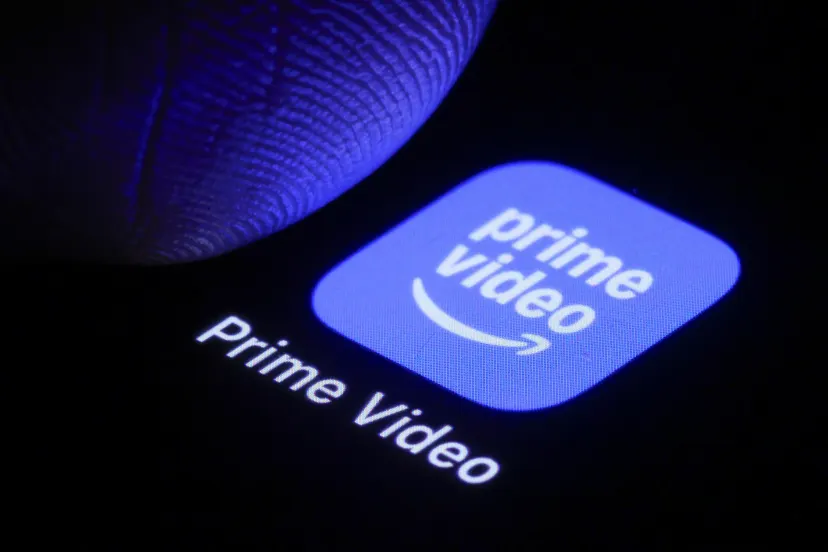Amazon, a dominant force in the global streaming market, is embarking on a transformative journey to make its Prime Video platform profitable by the end of 2025. This ambitious initiative, spearheaded by CEO Andy Jassy, reflects a definitive shift in strategy as Amazon grapples with the costs of producing high-budget original content. While marquee productions like *The Lord of the Rings: The Rings of Power* and *Citadel* have captivated audiences, their sky-high expenses have yet to justify the investment, forcing a strategic pivot in how Amazon approaches its streaming business.
Under Jassy’s leadership, Prime Video is evolving beyond its heavy reliance on exclusive original programming to adopt a multi-pronged approach aimed at broadening content options and diversifying revenue streams. A cornerstone of this shift is Amazon’s decision to integrate third-party streaming services into the Prime Video ecosystem, even if those platforms are competitors. This bold move allows Amazon to offer users a broader range of content while earning a commission from channel subscriptions. “Our priority is giving consumers choices while securing sustainable growth,” a source within Amazon’s strategic team revealed.
Perhaps the most attention-grabbing aspect of this strategy, however, is Amazon’s growing focus on live sports programming. Live sports—including the anticipated rollout of NBA coverage in late 2024—are emerging as a cornerstone of Prime Video’s future. While competitors like YouTube and Apple TV+ have dipped their toes into the sports space, Amazon appears intent on taking the lead, viewing real-time sports engagement as a dependable way to attract viewers and boost advertising revenue. “Live sports are uniquely powerful in capturing consistent, real-time viewership,” insiders at Amazon noted, underscoring Jassy’s commitment to this lucrative segment.
This pivot comes during a turbulent time for the streaming industry as companies across the board face escalating content production costs and heated competition for viewership. Recent price hikes from rivals like Netflix and Discovery Plus illustrate the financial strain bearing down on the sector and the challenges of sustaining profitability. However, these moves also raise risks of subscriber backlash, a challenge Amazon is looking to preempt through its emphasis on variety and value rather than straightforward price increases.
As Amazon refines its approach, it signals a larger shift in how streaming companies are forced to operate in an evolving market. The era of solely focusing on buzzworthy, high-budget shows is coming to an end. Instead, winning strategies now blend exclusive originals with content partnerships and offerings like live sports that can drive regular user engagement. For Amazon, adding third-party channels alongside its originals and sports programming is not merely a tactical decision—it’s part of a long-term vision for creating a sustainable, flexible platform.
This reimagining of Prime Video serves as a broader reminder that even companies with Amazon’s resources cannot ignore the economic realities of the entertainment business. While blockbuster shows like *The Rings of Power* capture public attention, they are no longer sufficient to singlehandedly sustain a platform in an increasingly fragmented and competitive market.
As the year 2025 looms, all eyes will be on Amazon to see if this multifaceted strategy—balancing captivating content with disciplined profitability—can deliver the desired results. If successful, this shift could redefine how streaming services approach growth, moving away from spiraling production budgets and toward pragmatic solutions that cater to diverse audiences. While challenges remain, one thing is clear: under Andy Jassy’s leadership, Amazon is committed to staying ahead in the ever-evolving world of entertainment.













































Comment Template